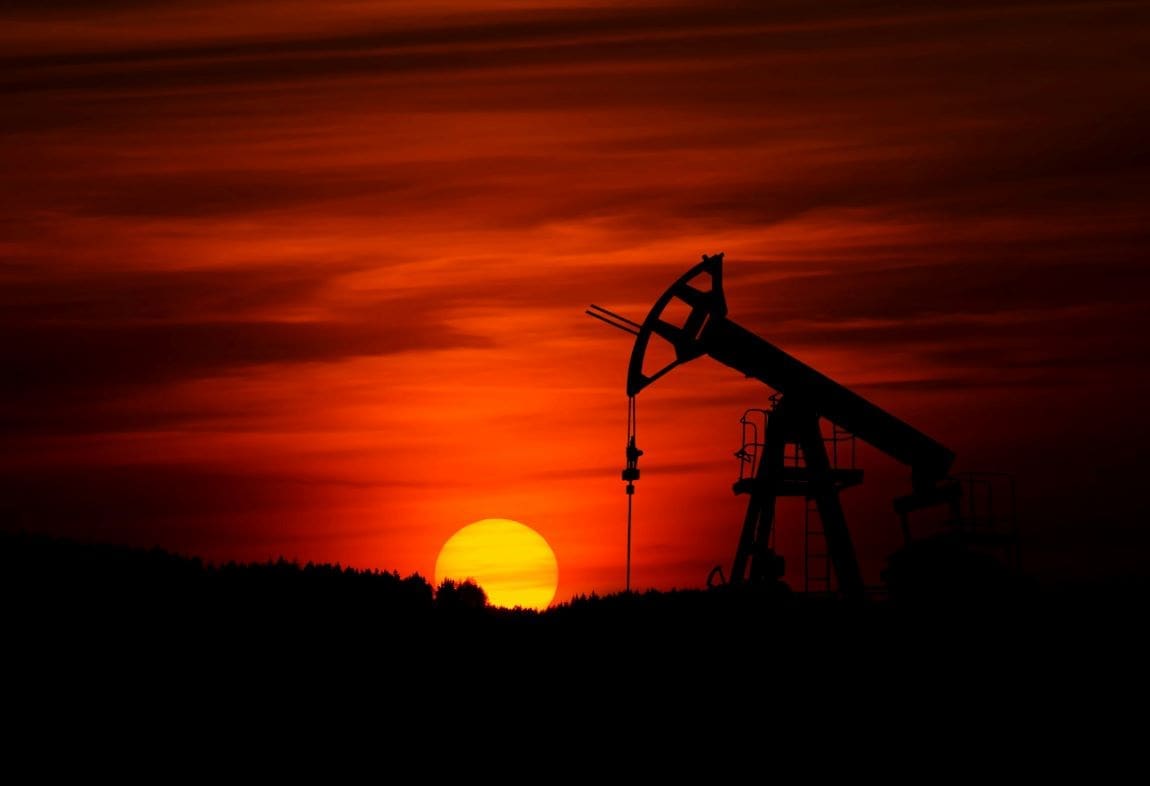In brief:
Global methane emissions have surged at an unprecedented rate over the past five years, according to new research, raising serious concerns about achieving global climate targets. Despite commitments by over 150 countries to reduce methane emissions by 30% within the next decade, recent data reveal a worrying rise in this powerful greenhouse gas, with emissions increasing faster than ever before.
The findings, published in Environmental Research Letters1 and Earth System Science Data2,3, are part of a comprehensive analysis by the Global Carbon Project. This international initiative, led by Stanford University scientist Rob Jackson, tracks worldwide greenhouse gas emissions.
The papers show that methane levels in the atmosphere are now more than 2.6 times higher than pre-industrial levels – the highest in at least 800,000 years. The emissions trajectory remains aligned with the most extreme climate scenarios, leading scientists to warn that global temperatures could rise by over 3 degrees Celsius by the century’s end if this trend continues.
Jackson, the lead author of the Environmental Research Letters perspective article, emphasized the severity of the situation, stating: “Right now, the goals of the Global Methane Pledge seem as distant as a desert oasis. We all hope they aren’t a mirage.”
Drivers of methane emissions growth
Methane, a potent but short-lived greenhouse gas, plays a significant role in driving near-term global warming. While methane dissipates faster than carbon dioxide, it is much more effective at trapping heat, warming the atmosphere nearly 90 times faster than CO2 over the first 20 years after its release.
According to the research, methane emissions have surged by 61 million tons (20%) over the past two decades, primarily due to fossil fuel extraction, agriculture, and waste decomposition. Activities like coal mining, oil and gas production, livestock farming, and decaying organic matter in landfills are major contributors.
“Only the European Union and possibly Australia appear to have decreased methane emissions from human activities over the past two decades,” said Marielle Saunois of the Université Paris-Saclay in France and lead author of the Earth System Science Data paper. In contrast, China and Southeast Asia have recorded the largest increases in emissions during this period.
In 2020, 65% of global methane emissions – approximately 400 million tons – came from human activities. Agriculture and waste generated nearly twice as much methane as the fossil fuel industry, and human-caused emissions are expected to have continued rising through at least 2023.
Complex impact of the COVID-19 pandemic
The pandemic temporarily altered emissions trends. During 2020, global atmospheric methane levels rose by 42 million tons, double the average increase seen in the 2010s.
The significant rise was partly attributed to a reduction in nitrogen oxides (NOx) emissions due to pandemic lockdowns. NOx normally worsens local air quality but also limits methane accumulation in the atmosphere, leading that year (2020) to a complicated interaction between different pollutants and greenhouse gases.
“COVID changed nearly everything – from fossil fuel use to emissions of other gases that alter the lifetime of methane in the atmosphere,” Jackson noted, adding that scientists are still unraveling the full impact of the pandemic on methane emissions.
In their latest methane budget, Global Carbon Project scientists made a crucial adjustment by distinguishing between methane emissions from natural wetlands and human-impacted freshwater systems. For the first time, they estimated methane emissions from reservoirs and other water bodies influenced by human activities, such as agricultural runoff and dam construction.
The scientists found that approximately one-third of methane emissions from wetlands and freshwater sources were attributable to human-caused factors. For example, reservoirs behind dams, where submerged organic matter decomposes and releases methane, emit an estimated 30 million tons of methane annually.
“Emissions from reservoirs behind dams are as much a direct human source as methane emissions from a cow or an oil and gas field,” Jackson explained.
As global temperatures edge closer to a 1.5°C rise above pre-industrial levels, the study authors stress the urgency of cutting methane emissions. This summer’s extreme weather events have already begun to showcase the dire consequences of continued global warming.
With emissions still increasing at alarming rates, the world faces a critical challenge in curbing one of the most powerful drivers of climate change.
***
Jackson is also a senior fellow at the Stanford Woods Institute for the Environment and Precourt Institute for Energy. Other Stanford co-authors include Earth system science postdoctoral scholars Xueying Yu and Mengze Li, and Earth system science professor Steven J. Davis.
Additional study authors are affiliated with Université Paris-Saclay, CSIRO and the Global Carbon Project, NASA Goddard Space Flight Center’s Biospheric Sciences Laboratory, Yale School of the Environment, Université Libre de Bruxelles, Japan Agency for Marine-Earth Science and Technology (JAMSTEC), and the Research Institute for Humanity and Nature in Kyoto, Japan.
This research was supported by the Gordon and Betty Moore Foundation, UNEP’s International Methane Emissions Observatory (IMEO), the Australian Government’s National Environmental Science Programme’s Earth Systems and Climate Change Hub, and Future Earth.
Journal Reference:
1. R B Jackson, M Saunois, A Martinez, J G Canadell, X Yu, M Li, B Poulter, P A Raymond, P Regnier, P Ciais, S J Davis, P K Patra, ‘Human activities now fuel two-thirds of global methane emissions’, Environmental Research Letters 19 101002 (2024). DOI: 10.1088/1748-9326/ad6463
2. Saunois, M., Martinez, A., Poulter, B., Zhang, Z., Raymond, P., Regnier, P., Canadell, J. G., Jackson, R. B., Patra, P. K., Bousquet, P., Ciais, P., Dlugokencky, E. J., Lan, X., Allen, G. H., Bastviken, D., Beerling, D. J., Belikov, D. A., Blake, D. R., Castaldi, S., Crippa, M., Deemer, B. R., Dennison, F., Etiope, G., Gedney, N., Höglund-Isaksson, L., Holgerson, M. A., Hopcroft, P. O., Hugelius, G., Ito, A., Jain, A. K., Janardanan, R., Johnson, M. S., Kleinen, T., Krummel, P., Lauerwald, R., Li, T., Liu, X., McDonald, K. C., Melton, J. R., Mühle, J., Müller, J., Murguia-Flores, F., Niwa, Y., Noce, S., Pan, S., Parker, R. J., Peng, C., Ramonet, M., Riley, W. J., Rocher-Ros, G., Rosentreter, J. A., Sasakawa, M., Segers, A., Smith, S. J., Stanley, E. H., Thanwerdas, J., Tian, H., Tsuruta, A., Tubiello, F. N., Weber, T. S., van der Werf, G., Worthy, D. E., Xi, Y., Yoshida, Y., Zhang, W., Zheng, B., Zhu, Q., Zhu, Q., and Zhuang, Q., ‘Global Methane Budget 2000–2020’, Earth System Science Data (preprint, in review; 2024). DOI: 10.5194/essd-2024-115
3. Martinez, A., Saunois, M., Poulter B., Zhen, Z., Raymond, P., Regnier, P. Canadell, J. G., Jackson, R. B., Patra, P. K., Bousquet, P., Ciais, P., Dlugokencky, E.J., Lan, X., Allen, G., Bastviken,D., Beerling, D. J., Belikov, D., Blake, D., Castaldi, S., Crippa, M., Deemer, B.R., Dennison, F., Etiope, G., Gedney, N., Höglund-Isaksson, L., Holgerson, M.A., Hopcroft, P. O. , Hugelius, G., Ito, A., Jain, A. K., Janardanan, R., Johnson, M. S., Kleinen, T, Krummel, P. B., Lauerwald, R., Li, T., Liu, X., McDonald, K. C., Melton, J. R., Mühle, J., Müller, J., Murguia-Flores, F., Niwa, Y., Noce, S., Pan, S., Parker, R. J., Peng, C., Ramonet, M., Riley, W. J., Rocher-Ros, G., Rosentreter, J. A., Sasakawa, M., Segers A. , Smith, S. J., Stanley, E. H.,Thanwerdas, J., Tian, H., Tsuruta, A., Tubiello, F. N., Weber, T. S., van der Werf, G. R., Worthy, D. E. J., Xi, Y., Yoshida Y. , Zhang, W. , Zheng, B. , Zhu, Qing , Zhu, Qiuan, and Zhuang, Q., ‘Supplemental data of the Global Carbon Project Methane Budget 2024 v1’ (Data set), Earth System Science Data. DOI: 10.18160/GKQ9-2RHT | Supplemental data to Global Methane Budget 2024: 2000-2020
Article Source:
Press Release/Material by Stanford University
Featured image credit: Zbynek Burival | Unsplash




